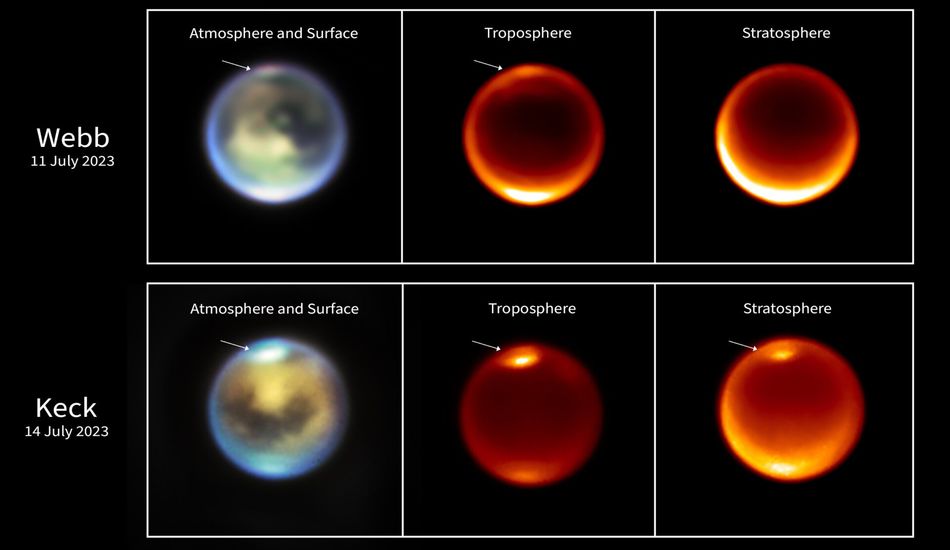
Titan's Methane Clouds: New Insights into Saturn's Moon
Saturn's moon Titan, renowned for its methane lakes and rivers, has revealed a new facet of its atmospheric dynamics. Scientists have, for the first time, documented cloud convection in Titan's northern hemisphere, a region rich in liquid methane. This discovery, achieved through a combined effort utilizing data from the Webb Space Telescope and the Keck Observatory, provides crucial insights into Titan's climate and hydrological cycle.
Observing Atmospheric Dynamics
By analyzing infrared data obtained across several months, researchers tracked the vertical movement of methane clouds. These observations confirmed the clouds' ascent to higher altitudes, demonstrating the presence of convection—a process vital to the formation of rain and the replenishment of methane in the lakes and seas. While direct observation of precipitation remains elusive, the data strongly suggests a cyclical process analogous to Earth's water cycle, albeit with methane playing the central role.
Titan's Unique Chemistry
Titan’s unique atmospheric composition, dominated by methane and ethane, makes it a fascinating subject for astrobiological study. The presence of complex organic molecules in this frigid environment raises intriguing questions about the potential for prebiotic chemistry. Understanding Titan’s climate cycle, therefore, not only illuminates the moon's dynamic processes but also offers valuable insights into the broader possibilities of life beyond Earth.
Long-Term Implications
The study highlights the crucial role of methane in Titan's environment. The researchers suggest that the moon's methane supply may be constantly replenished from internal sources, a process that could sustain its active hydrological cycle for billions of years. However, the finite nature of this resource means that Titan's landscape and atmosphere may dramatically change in the distant future.
1 Image of Titan's Methane Clouds:


Source: Gizmodo